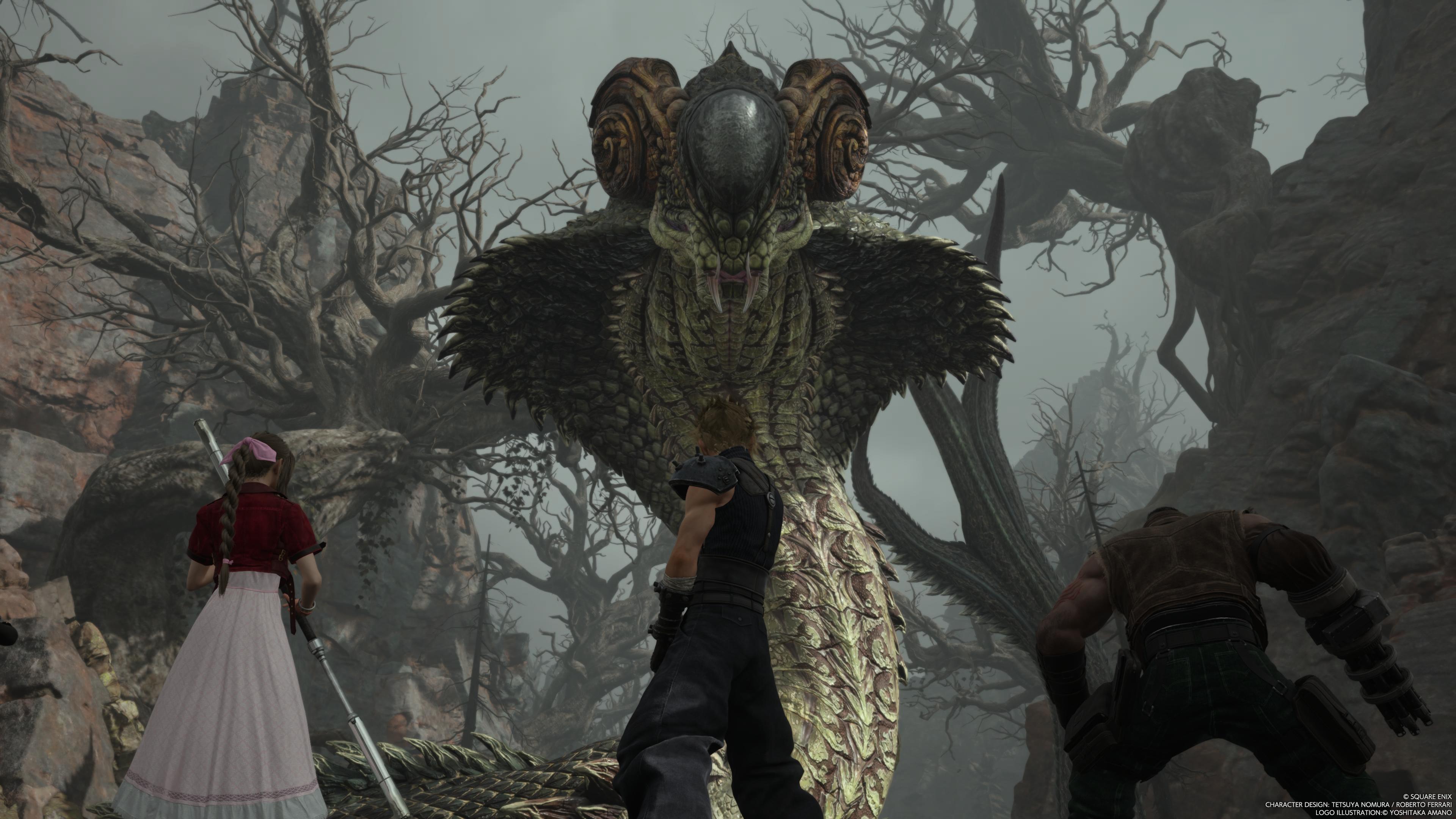Laptop Mag Verdict
Final Fantasy VII Rebirth suffers from the classic case of middle-child syndrome, but there’s still plenty to love
Pros
- +
Seamless performance
- +
Satisfying combat with some fresh tweaks
- +
Deep character development
- +
Dynamic, stunning environments
Cons
- -
Overly-expansive open-world experience
- -
Graphics appear flat and overexposed
- -
Too many minigames
Why you can trust Laptop Mag
“Final Fantasy VII Rebirth” was one of our most anticipated games this year, and for good reason. The original “Final Fantasy VII” was a groundbreaking game in 1997 with a reputation that’s endured through the decades since. The characters are locations are iconic and have seen multiple crossovers in different properties and genres. There’s even a film sequel.
Which is why “Final Fantasy VII Remake” was nothing short of a triumph. Remake proved a studio could completely overhaul a classic game without alienating its biggest fans. From changing to an action battle system to rearranging a few plot beats, Remake didn’t shy away from altering its source material, and Rebirth is no different. There is plenty to enjoy between the stunning open-world environments, updated synergy combat system, and the ability to increase your relationship with your companions.
However, “Final Fantasy VII Rebirth” is saddled with the unenviable position of being the second in a trilogy which is its ultimate setback.
Same combat engine, but this time with synergy

Fans were rather divided about the action combat system for “Final Fantasy VII Remake,” which led to the inclusion of a “Classic mode” variant where the computer system controls basic attacks, blocks, and dodges while the player mainly focuses on using their character’s unique stills, Active Time Battle (ATB) gauge charges for special weapon abilities, spells, and items.
That system is carried over wholeheartedly from “Remake” into “Rebirth” with the addition of new Synergy skills and abilities. You unlock new Synergy skills and abilities as you level up, which allows for more powerful combo attacks using two of your party members.
Synergy skills can be used at any time while guarding and can make up for some of the weaknesses of each character like giving Cloud more access to ranged skills if Barret is on the team or allowing Aerith to call in a teammate to protect her while casting spells.
Synergy abilities, which function more like a tag-team limit break, require certain conditions to be met before they’re available. Generally, the characters will need to use a certain number of ATB gauge skills or be on-field for a long enough duration.
Sign up to receive The Snapshot, a free special dispatch from Laptop Mag, in your inbox.
Synergy skills and abilities present a fun tactical twist to the action combat in “Final Fantasy VII Rebirth.” They can make battles more interesting to plan out as you balance ATB gauge skills, limit breaks, synergy skills and abilities, and summons. However, they can also make things feel a bit too easy as you now have Summons, limit breaks, and powerful Synergy abilities to really thrash your enemies.
While you unlock more party members in “Rebirth” than you ever had at a time during “Remake,” you’ll still only have three characters on the field at a time. Your backline characters will join you while running around the open world and can provide support during tricky situations, but you do still have that three-person limit.
Dynamic difficulty adds a needed challenge
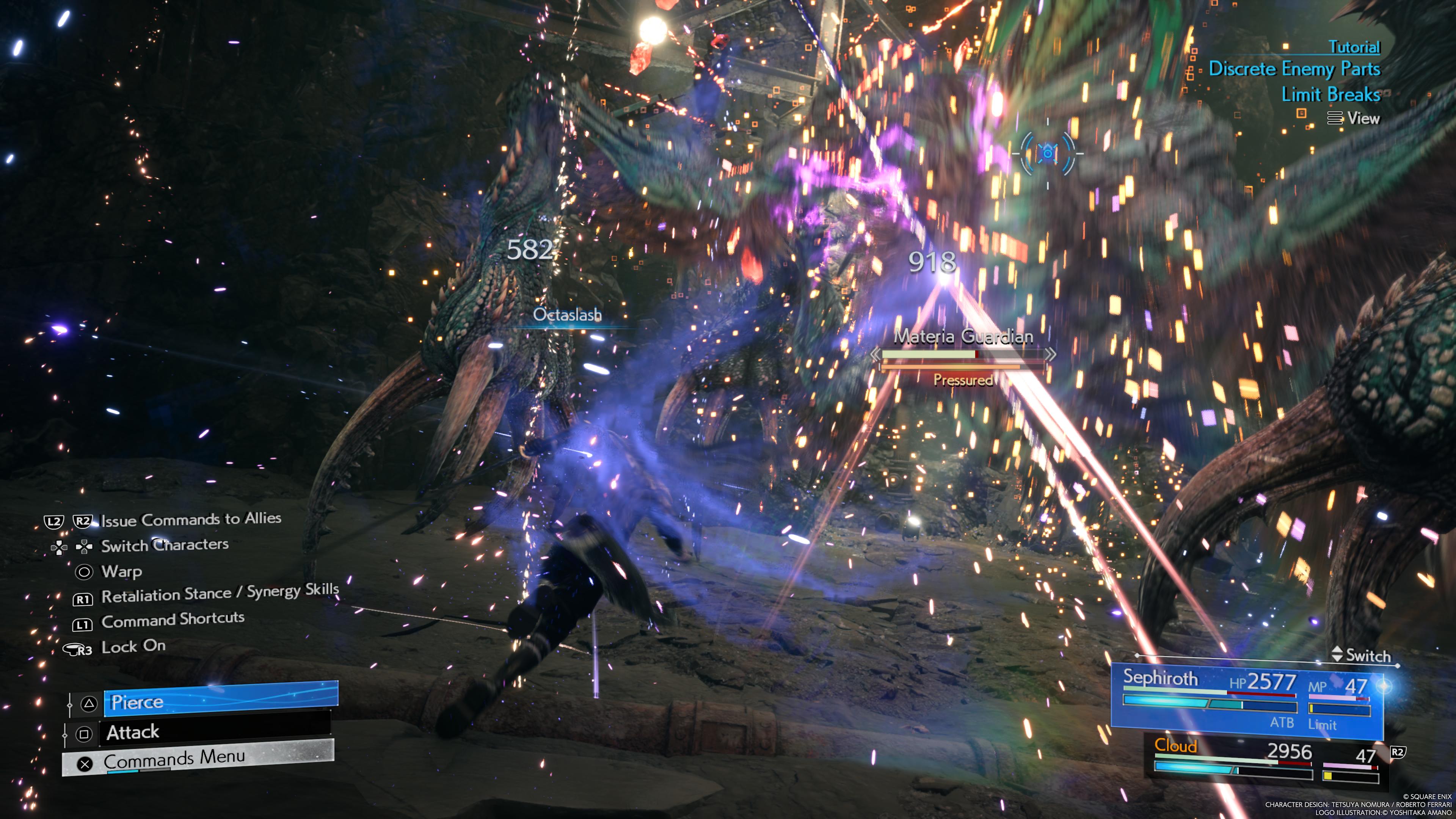
With even more options to customize your combat experience and take on more powerful enemies, you may find yourself a bit bored at the default “Normal” difficulty level. With “Final Fantasy VII Rebirth” players have access to an additional difficulty level right from the start. Dynamic difficulty tailors enemy levels to your party level rather than the default for the zone, which can give you a more enduring challenge, especially as the party levels up throughout the game.
You can swap difficulty levels on the fly, so if you do find yourself needing to raise or lower your challenge level you can do so at any time. That’s one of the many modern gaming conveniences that makes the “Remake” series so very worth the update.
While I personally stuck to the normal difficulty level for most of my playthrough, Dynamic is a fun challenge for people who like to struggle with their gameplay. Especially to tactical RPG veterans who might find it too easy to get through most encounters. It isn’t going to be Soulsborne-levels of punishing, of course, but it does have its moments.
PS5 graphics are still a double-edged sword
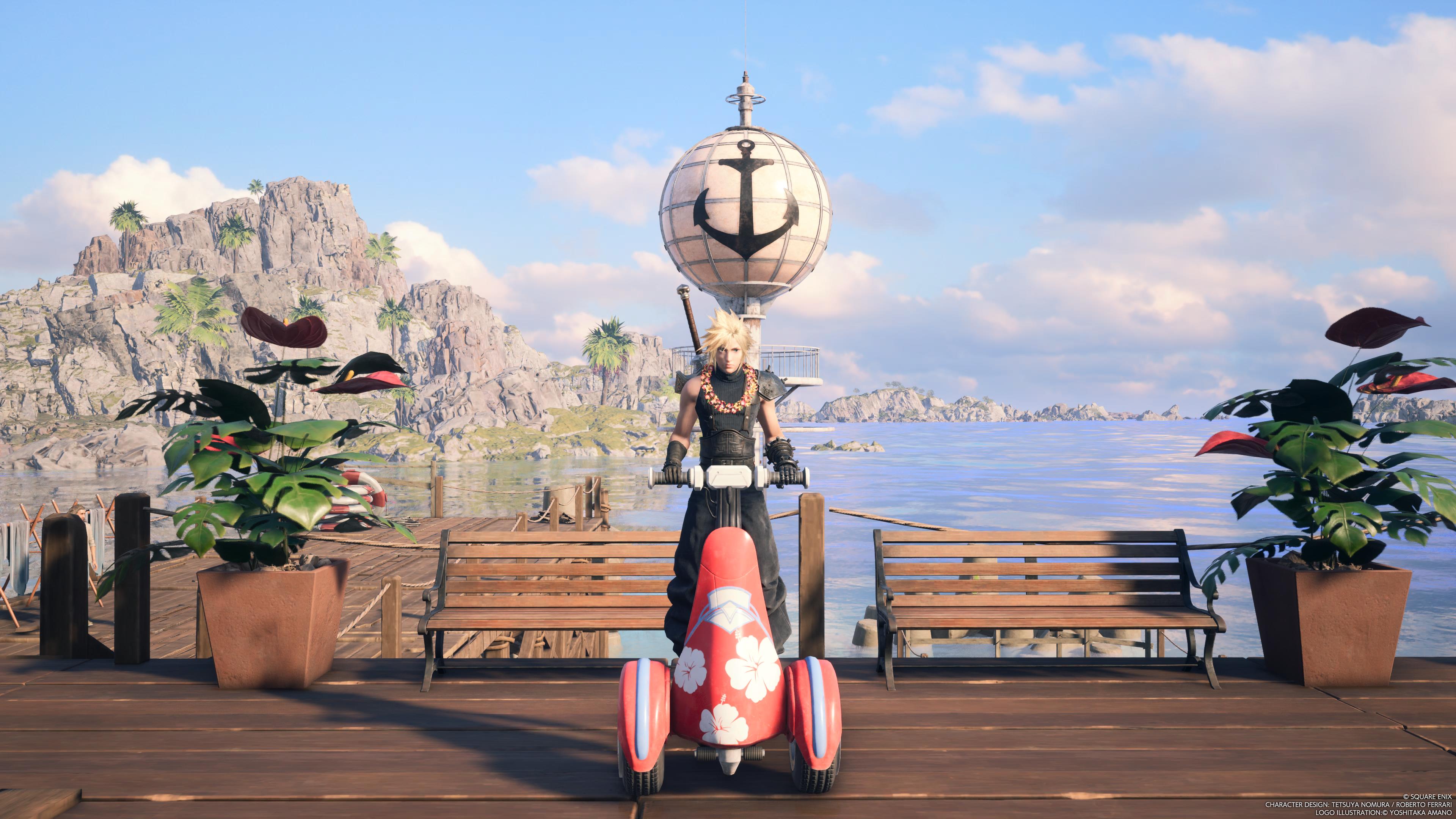
Something I’d noticed playing through “Final Fantasy VII Remake” when switching from my PS4 to a PS5 was how overexposed the graphics could look in certain lighting scenarios. I mostly finished “Remake” on PS5 using the PS4 version of the game because the dip in graphics quality left me with richer, deeper colors and better-looking character models.
That flat graphic quality is particularly noticeable in “Rebirth” when you drop the graphics settings to “Performance.” Sure, the assets take a bit of a dive in terms of quality, but they also have a higher contrast. In the default “Graphics” setting, Cloud in particular looks like someone is constantly hitting him with a high-lux flash every time his pale blonde face is on screen, and that makes the game seem almost lifeless in a strange way.
This is something that’s prevalent in a lot of current-gen games and isn’t specific to “Final Fantasy VII Rebirth.” “Suicide Squad: Kill the Justice League” has received similar criticisms, and it only happens when pushing the hardware. However, it is a definite change, and having a pale, blonde protagonist does not help matters much for “Rebirth.”
That said, the environments are gorgeously designed and well rendered both in-engine and in pre-rendered cinematics. So the game looks fantastic most of the time, but the flat graphics do persist especially in sunny outdoor environments.
Which is unfortunate because “Rebirth” has an open-world setup where you spend most of your game time running around in the bright post-capitalist wasteland. My eyes did eventually adjust and the flatter colors just became part of the game, but it was jarring at first.
More world, more problems

Like many open-world games, the vast freedom offered in letting players explore at their convenience comes with various challenges. While “Final Fantasy VII Rebirth” is hardly as open as “The Elder Scrolls V: Skyrim,” it allows you to return to old areas once you’ve met certain conditions.
And there are plenty of open-world tasks to complete, aside from relationship-building side quests with your companions, you have the option to gain regional intel, find temples to strengthen your summon materia, take part in combat research, and hunt down protorelics. Tackling all of these additional tasks will take you all over the map, which can be fun for exploration, and it does allow you to make helpful materia to customize your party. However, it comes with these odd breaks in the game’s narrative that just feel forced.
If anything, there’s too much open-world content to deal with. So you end up breaking the various chapter plot beats by running around on chocobos exploring old ruins for 10 hours in between finding new zones and taking on the latest Shinra-induced challenge. Sure, there is a lot of effort put in to make the alternate adventures feel needed but the balance between the story and the gameplay in open-world games is a difficult one to strike. For all that “Final Fantasy VII Rebirth” tries, it still falls short of making the open world feel less like a diversion full of fetch-quests.
There’s also just a weird kind of humor in seeing Red XIII riding around on a chocobo, and being tallied through environments by the rest of your massive party.
An unending sea of minigames
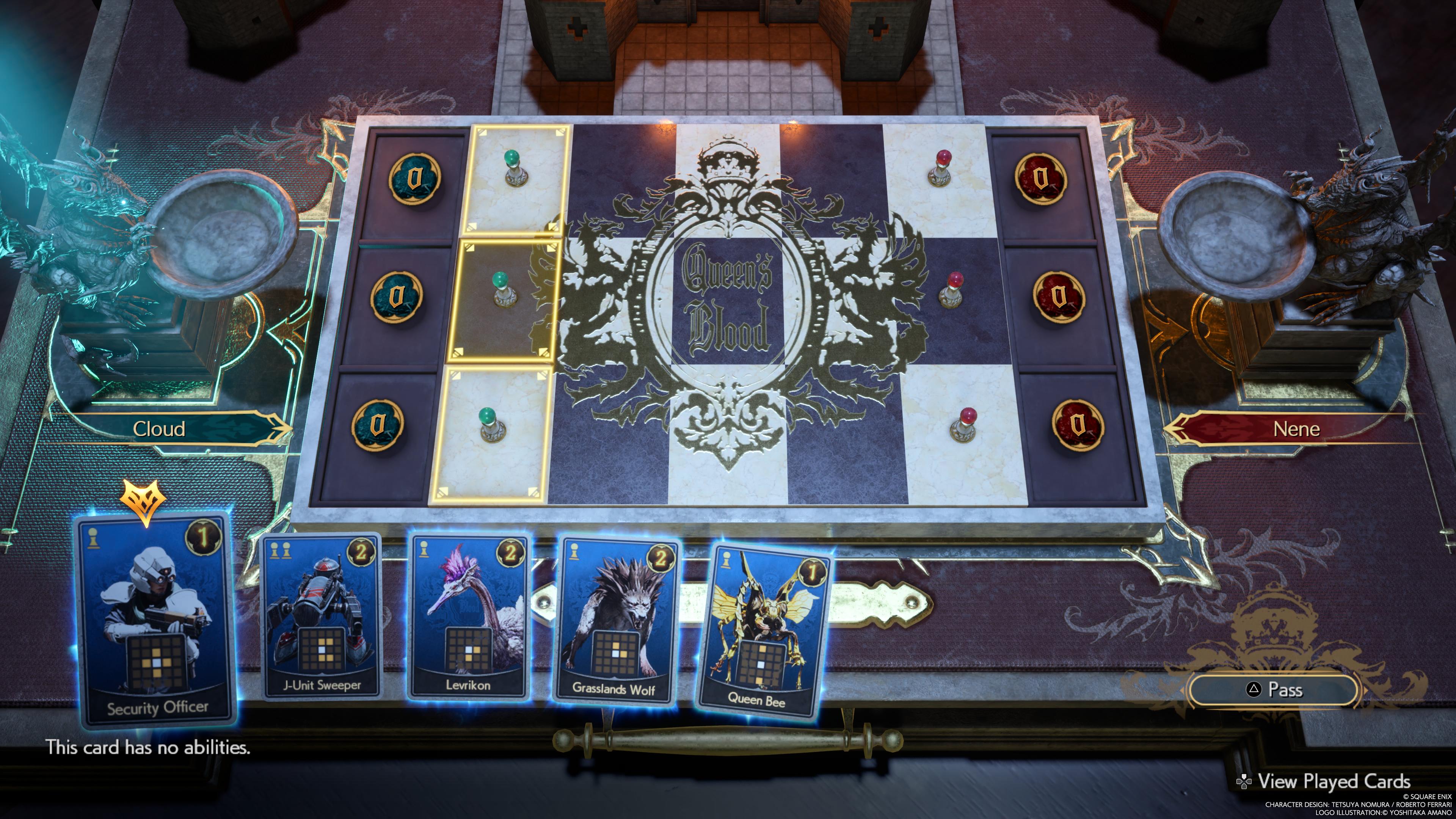
Look, the Gold Saucer is involved in this game, so minigames were going to be big. And there are plenty of mini-games in the original. “Remake” had a few, and Fort Condor makes a return from the “Intergrade” DLC. But the sheer number of mini-games in all of the various hubs of “Final Fantasy VII Rebirth” is honestly excessive.
They were all clearly crafted with love and intent. And some are necessary to the plot. But when you have multiple mini-games involved in nearly every chapter of the game it becomes too much. It was bad enough to see another five mini-games pop up in Costa del Sol after taking part in a card-game tournament on board the cruise ship, by the time I hit the Gold Saucer I was mini-gamed out of my mind.
Sure, mini-games are a staple part of the RPG experience. But there has to be some balance between mini-games, side content, and the actual game itself. “Rebirth” tips the scales over and then throws them out a window entirely. Sure, the mini-games are fun. But I’m not picking up “Final Fantasy VII Rebirth” to play a carnival-style shooting game, a collectible card battle game, or have Red XIII play soccer.
It’s not the journey, but the friends you make along the way
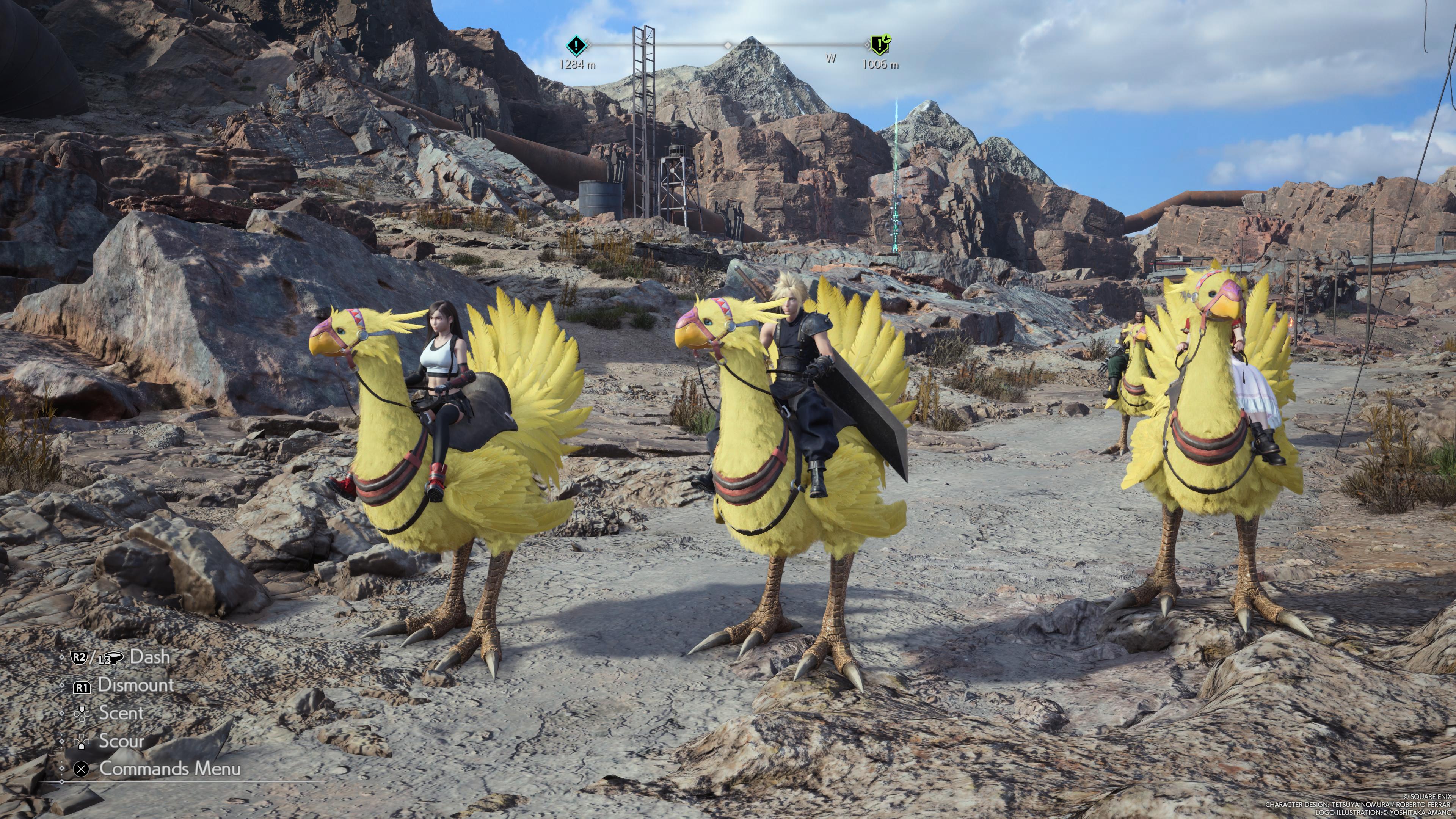
While companion approval ratings are not new to the genre, they are new to “Final Fantasy VII Rebirth.” Your companions start out neutral to Cloud and can slowly warm up to him after handling various side missions, picking the right dialogue options, matching outfits, and spending time together. While letting you deepen the relationship between the characters is a fun touch, it does feel a little arbitrary coming in at the second game in the series.
However, it does present some fun moments between the characters and adds depth to all of the companions. Clearly, the development team adores the cast of “Final Fantasy VII” and wants to give players the opportunity to spend more time with them all. I can’t fault that. “Rebirth” and “Remake” did a great job of making you care about the cast again, sometimes despite yourself. It’s an impressive feat, especially because the same level of care is also shown toward the game’s antagonists.
The problematic middle child
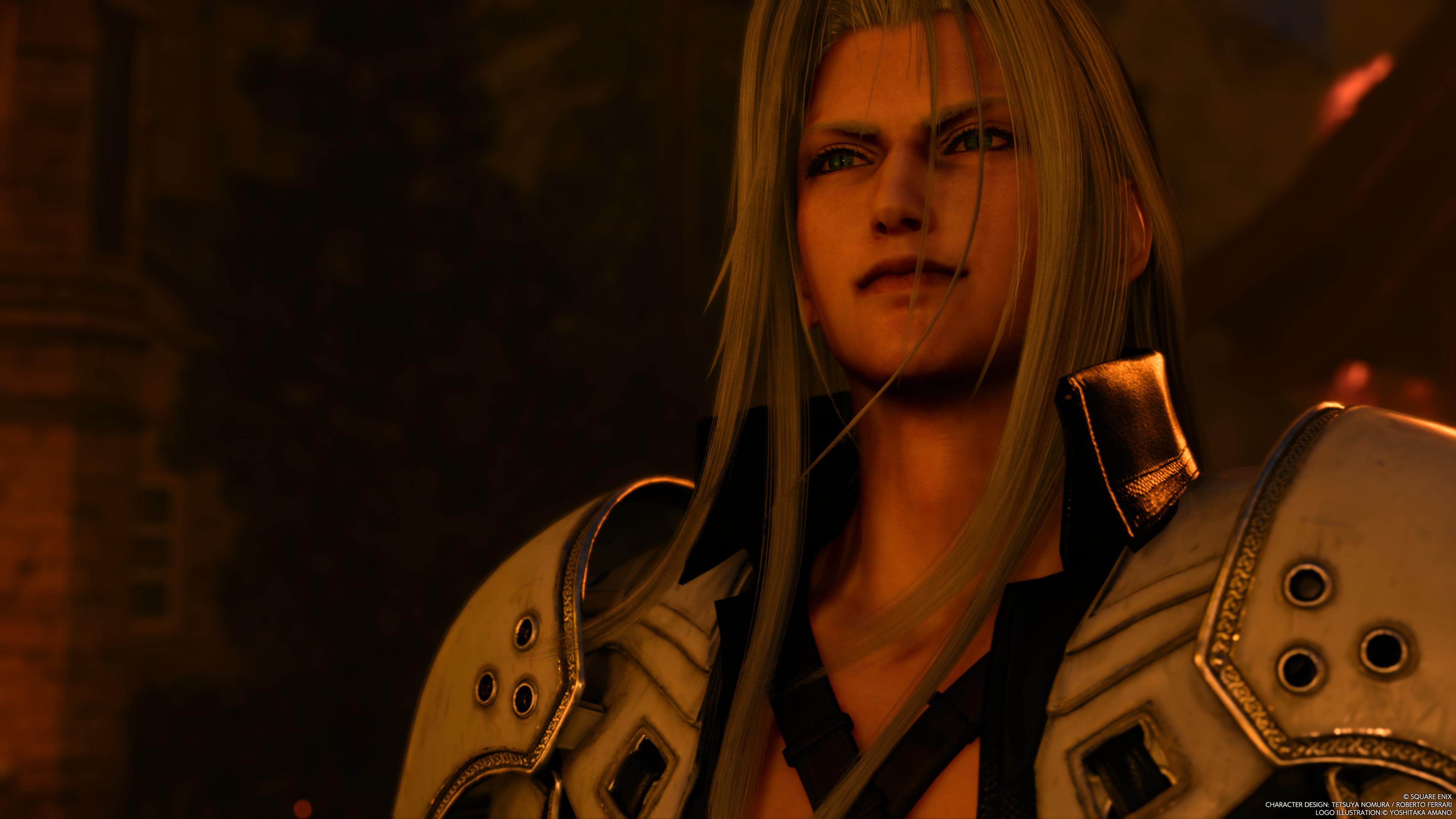
“Final Fantasy VII Rebirth” is, in essence, disc 2 of the original game. It covers a decent bit of the same plot points, but it also has the same drawbacks only more exaggerated.
For most trilogies, the second game, book, or movie is always the hardest to get right because it has to be both a sequel and a prequel while also having its own story. That trifold duty is something that you can’t ever land perfectly. Some do it better than others, but it's always going to pale in comparison to the ones at either end.
“Final Fantasy VII Rebirth” has that problem multiplied because it isn’t a standalone anything. Its plot picks up directly after “Remake” and doesn’t end even once the credits roll because there is still another part coming down the line. Sure, it is technically a stand-alone game in that you can download it separately from “Remake,” but by no means can you jump into “Rebirth” without having at least played “Remake.”
You don’t need to be an expert on the timeline of “Final Fantasy VII” to enjoy “Rebirth,” but the plot just simply isn’t designed to function without knowing the first game. For all that “Rebirth” retreads and calls back to “Remake,” it does a lousy job of giving you the information that you need.
Part of this is that the story has always made more emotional sense than logical sense, but also because it's the middle game in the trilogy. “Rebirth” can’t give you the answers you want, but just take the questions you had at the end of the first game and twist them further.
There is a plot arc, don’t get me wrong. But the story is hardly resolved in any real way. “Remake” suffered from this as well, but at least felt like a solid beginning. “Rebirth” is just the middle and that’s all it can ever be.
Bottom line
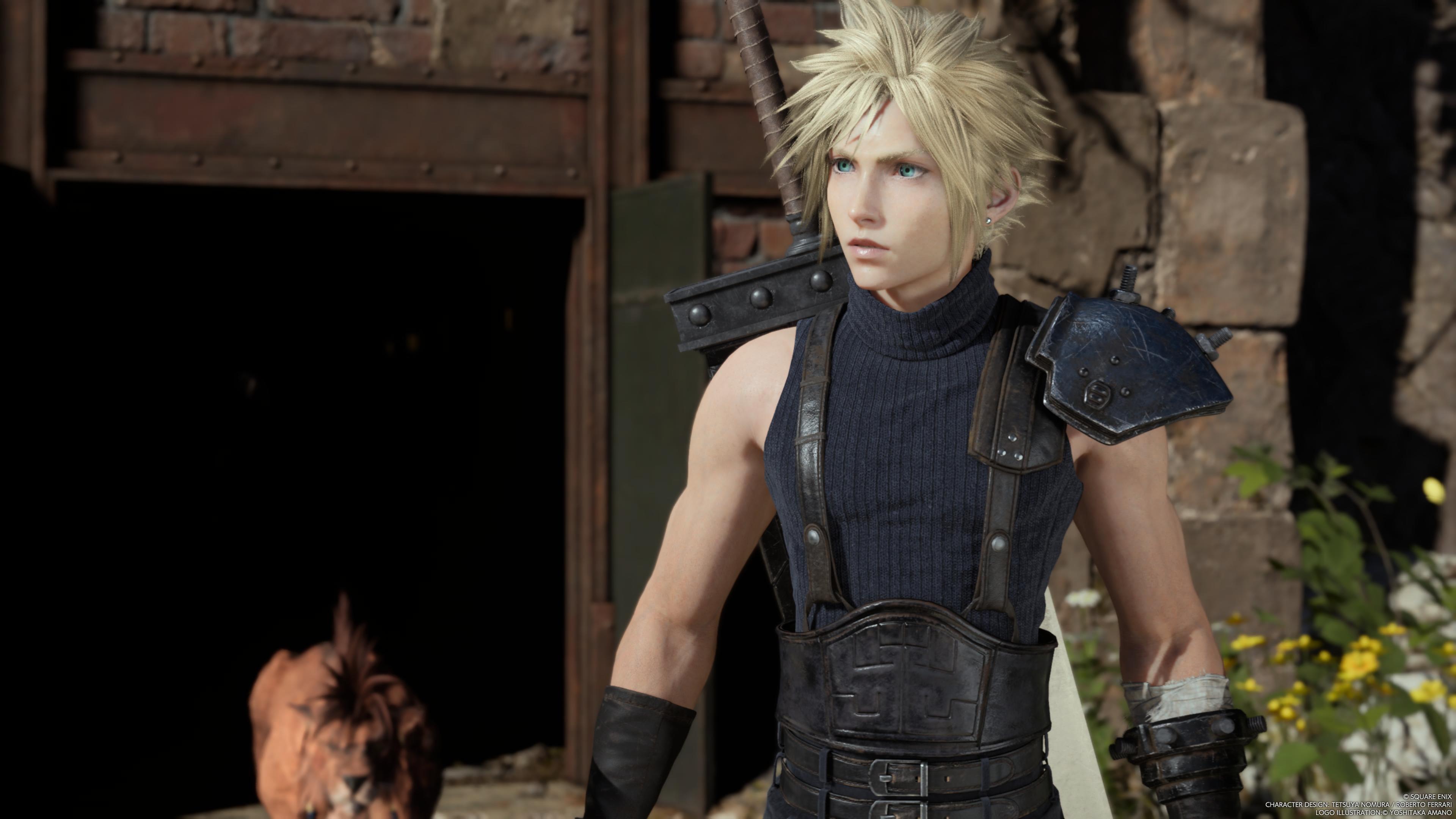
If you’re picking up “Final Fantasy VII Rebirth” it's because you enjoyed “Remake.” It cannot function in a vacuum, even if the dev team has a recap video to watch before you start the game. If you loved “Remake,” then there’s plenty to enjoy in “Rebirth” provided you don’t mind the occasional 10-hour detour to grab research materia or do a deep-dive into some mini-games just so you can unlock the next part of the story.
It's clear the team behind “Final Fantasy VII Rebirth” loves the story and the characters. Their drive to do justice to the property is visible in every moment of the game. Unfortunately, no amount of mini-games will make up for the fact that it’s still an unfinished work.

A former lab gremlin for Tom's Guide, Laptop Mag, Tom's Hardware, and TechRadar; Madeline has escaped the labs to join Laptop Mag as a Staff Writer. With over a decade of experience writing about tech and gaming, she may actually know a thing or two. Sometimes. When she isn't writing about the latest laptops and AI software, Madeline likes to throw herself into the ocean as a PADI scuba diving instructor and underwater photography enthusiast.
